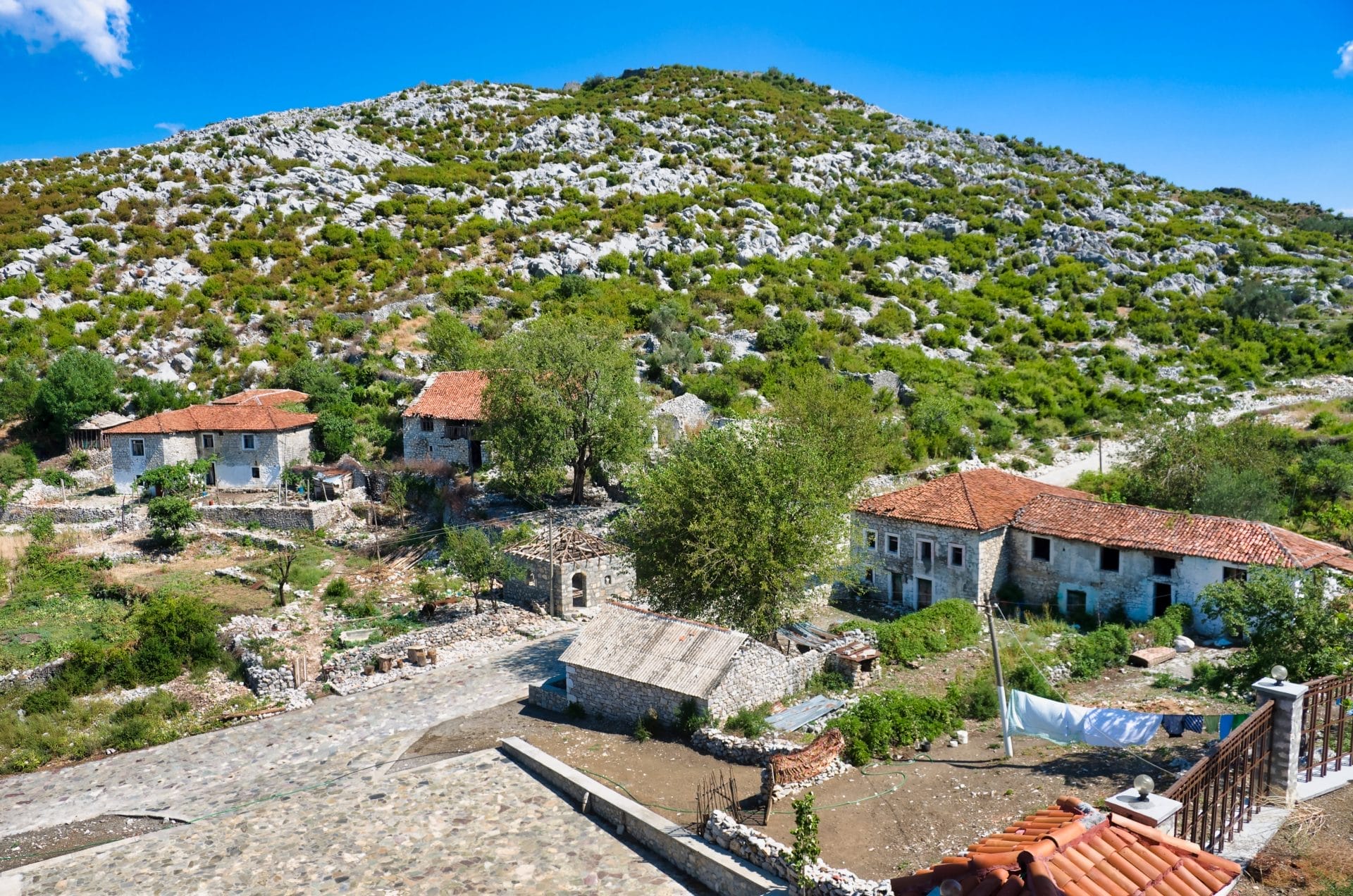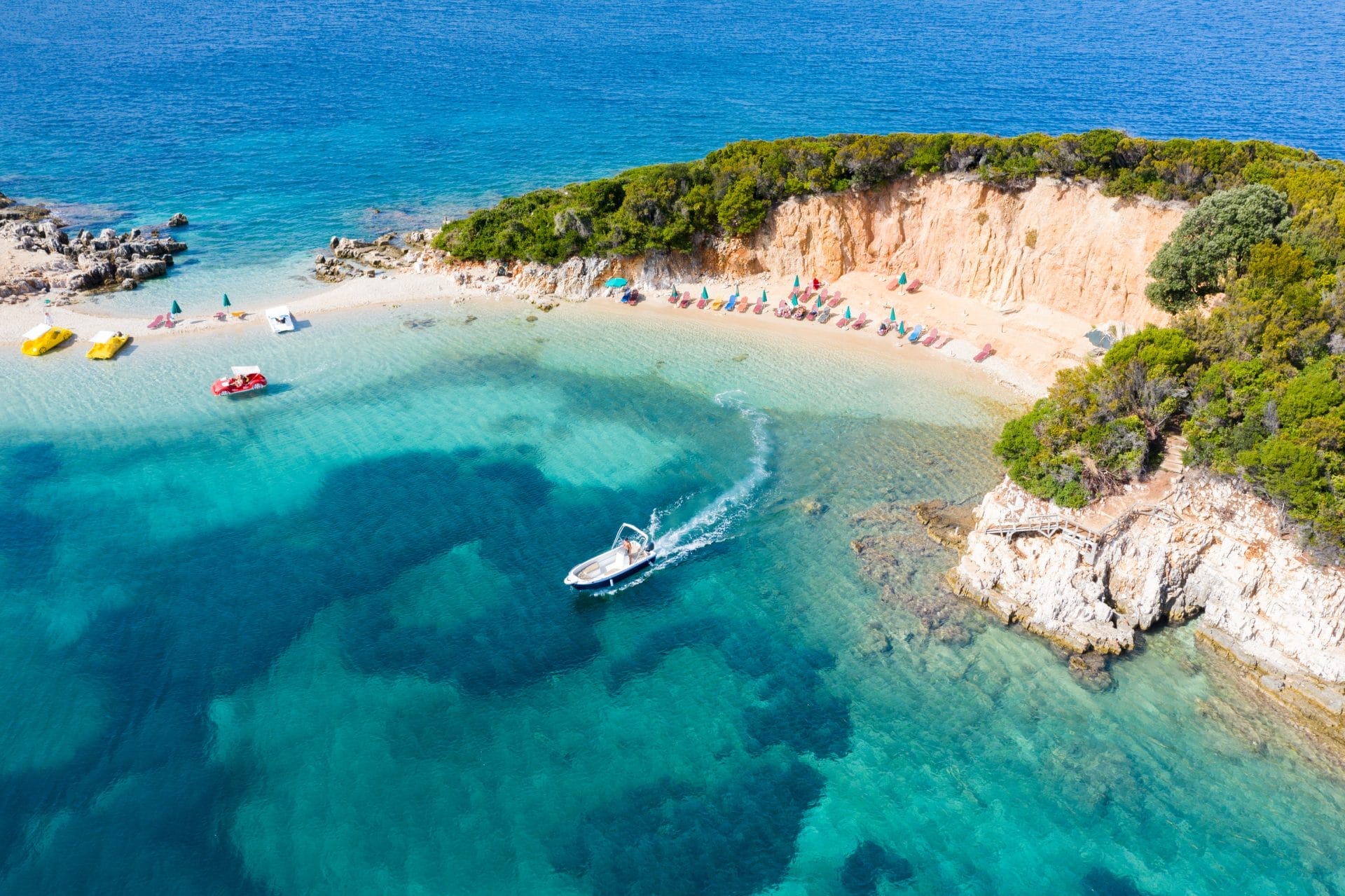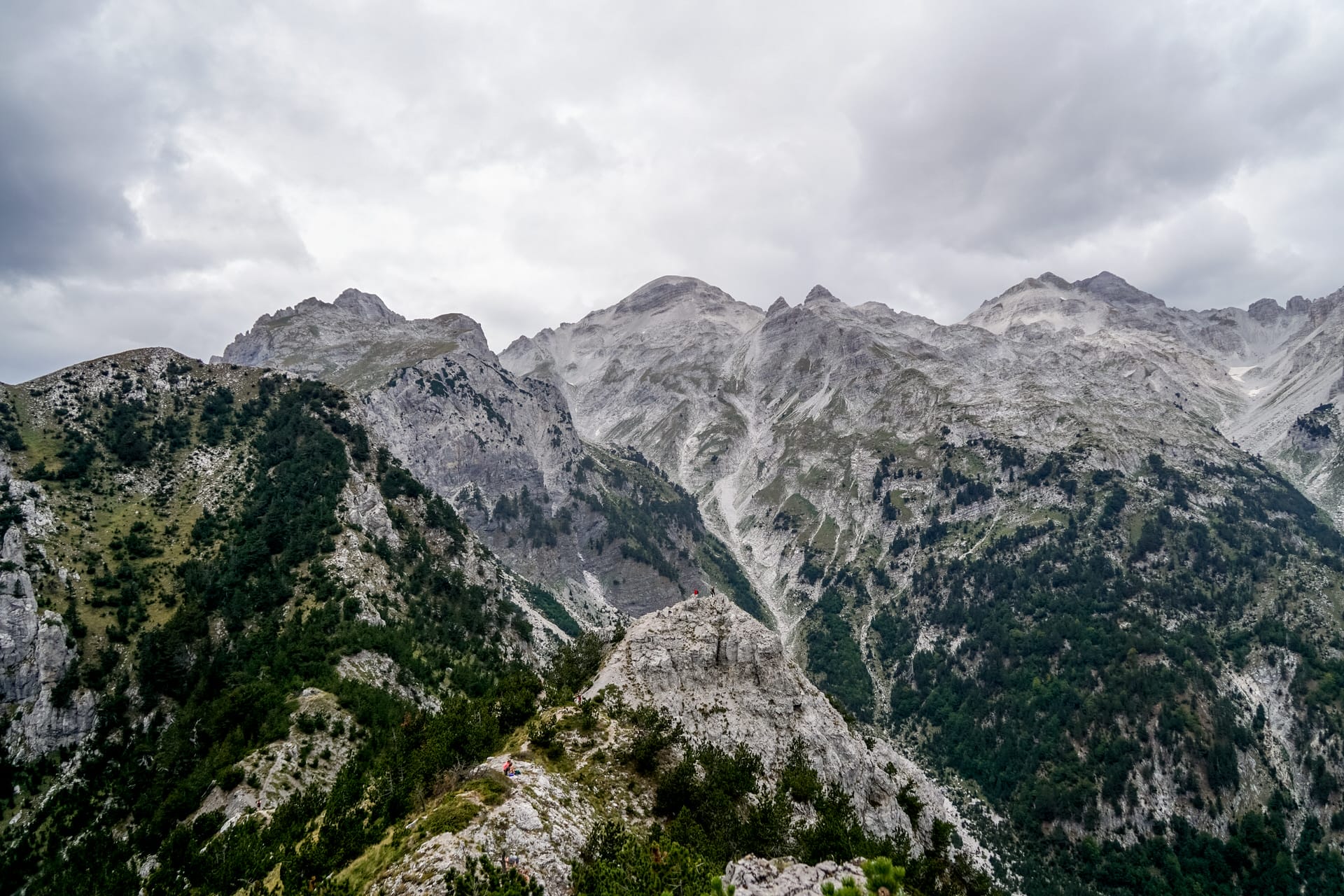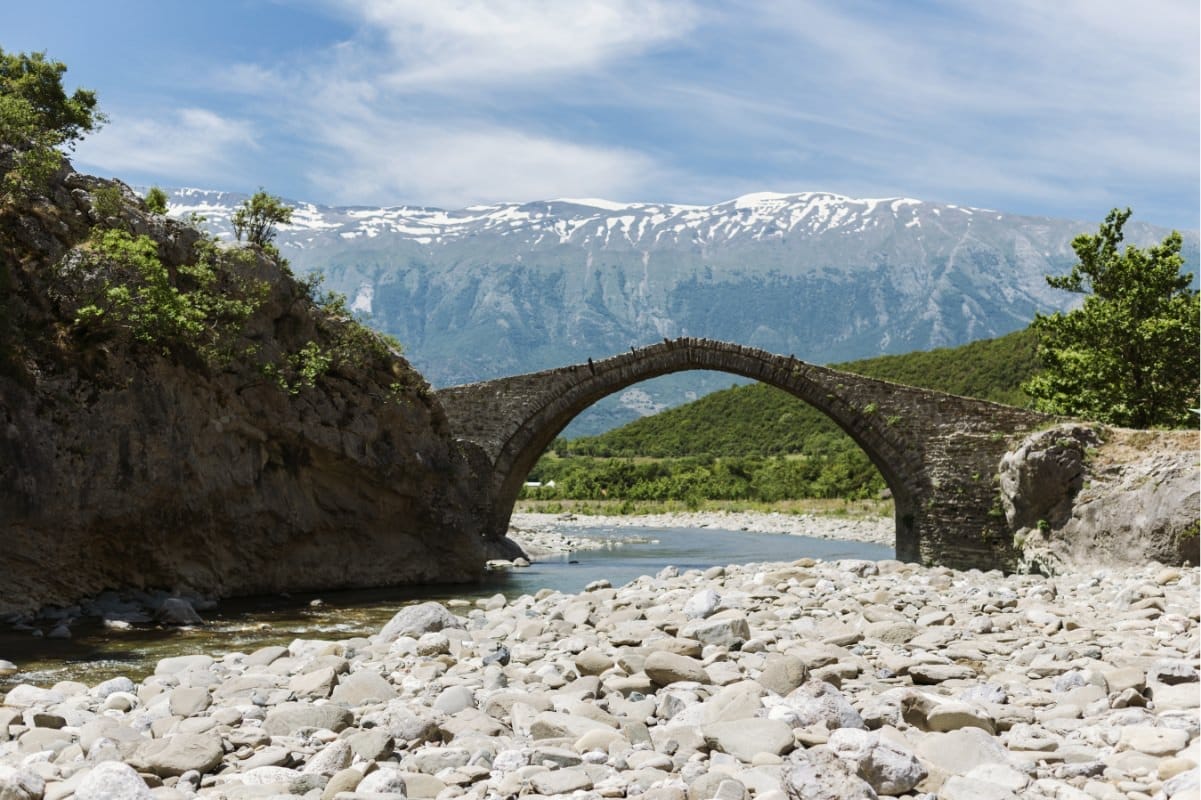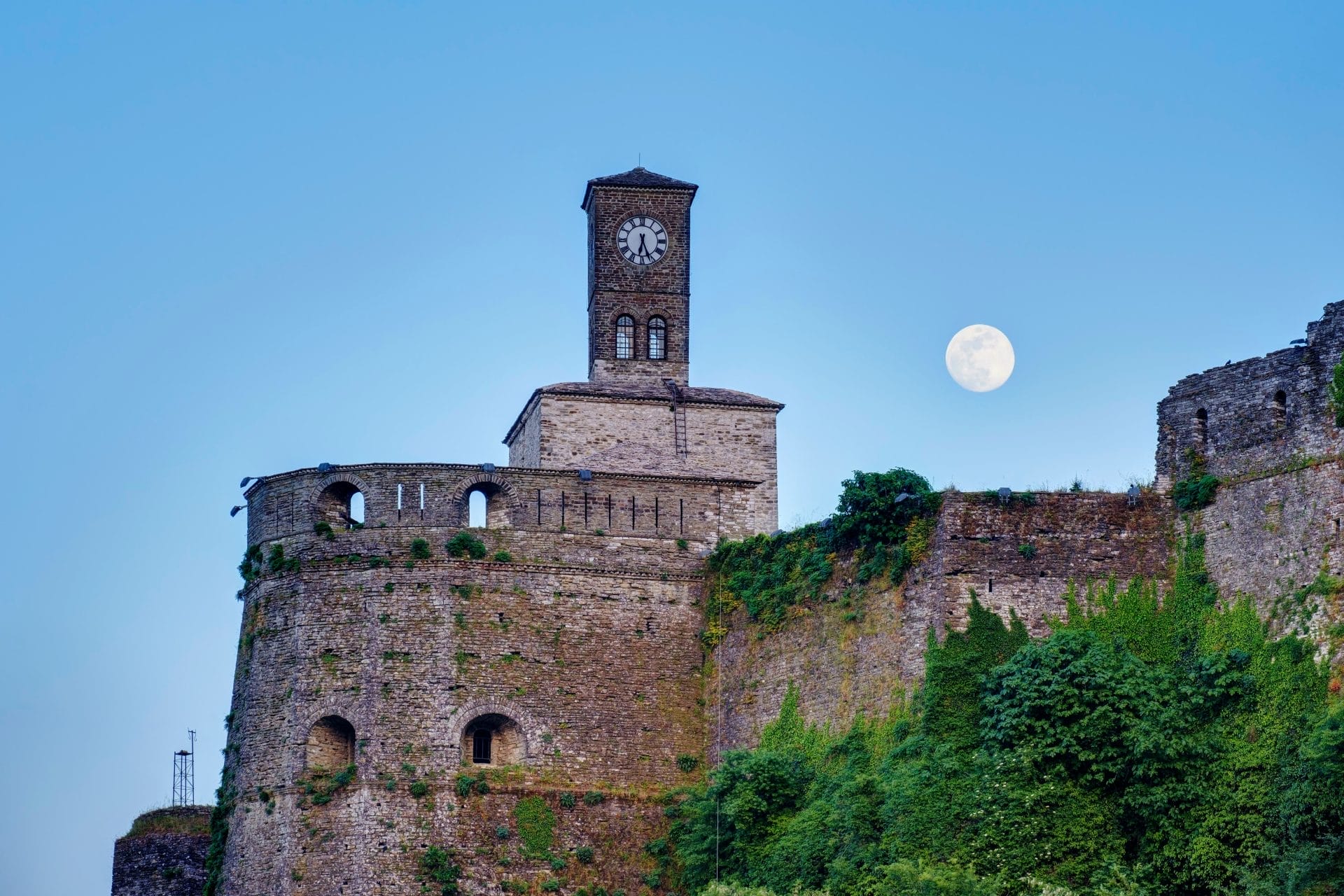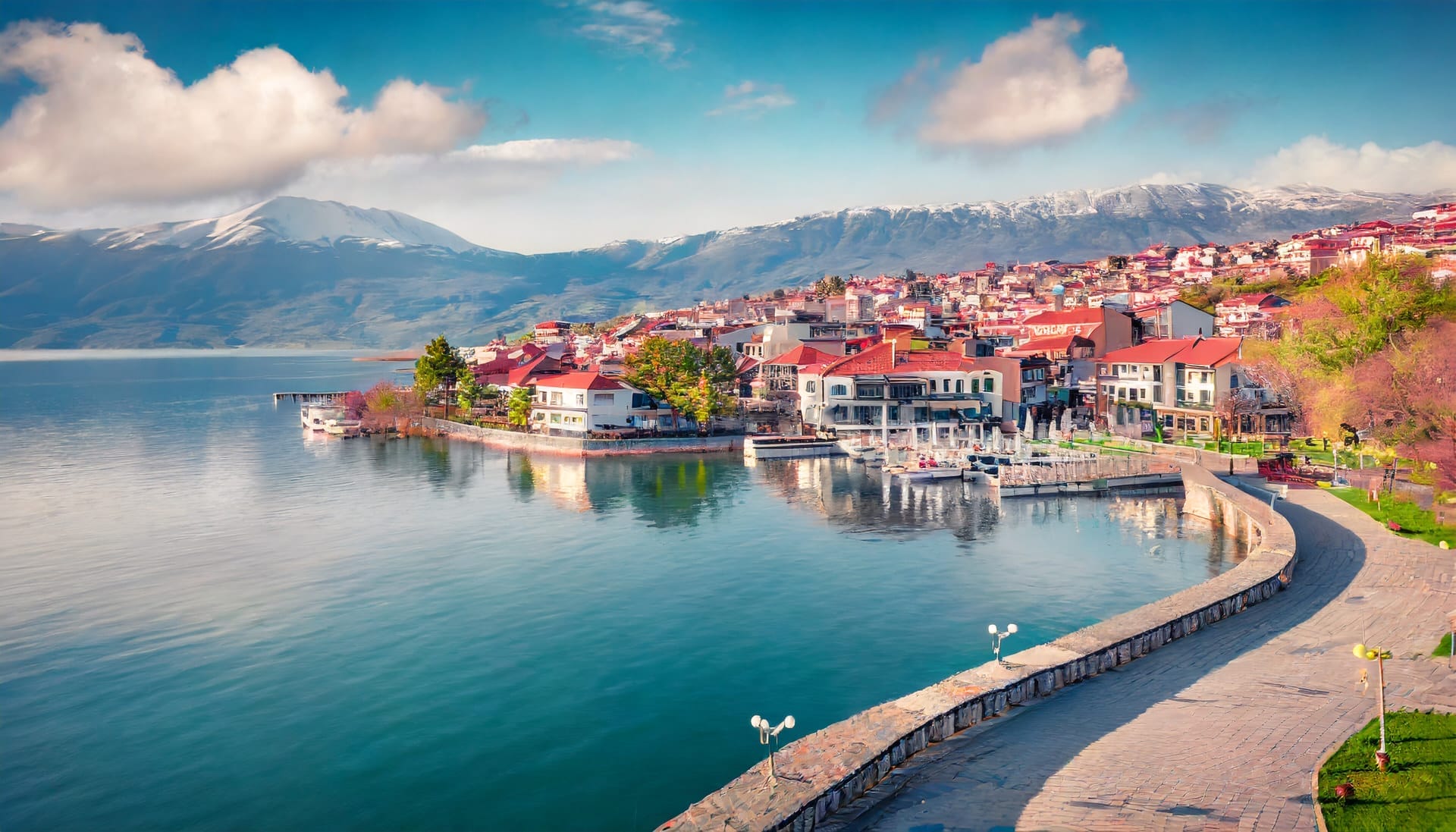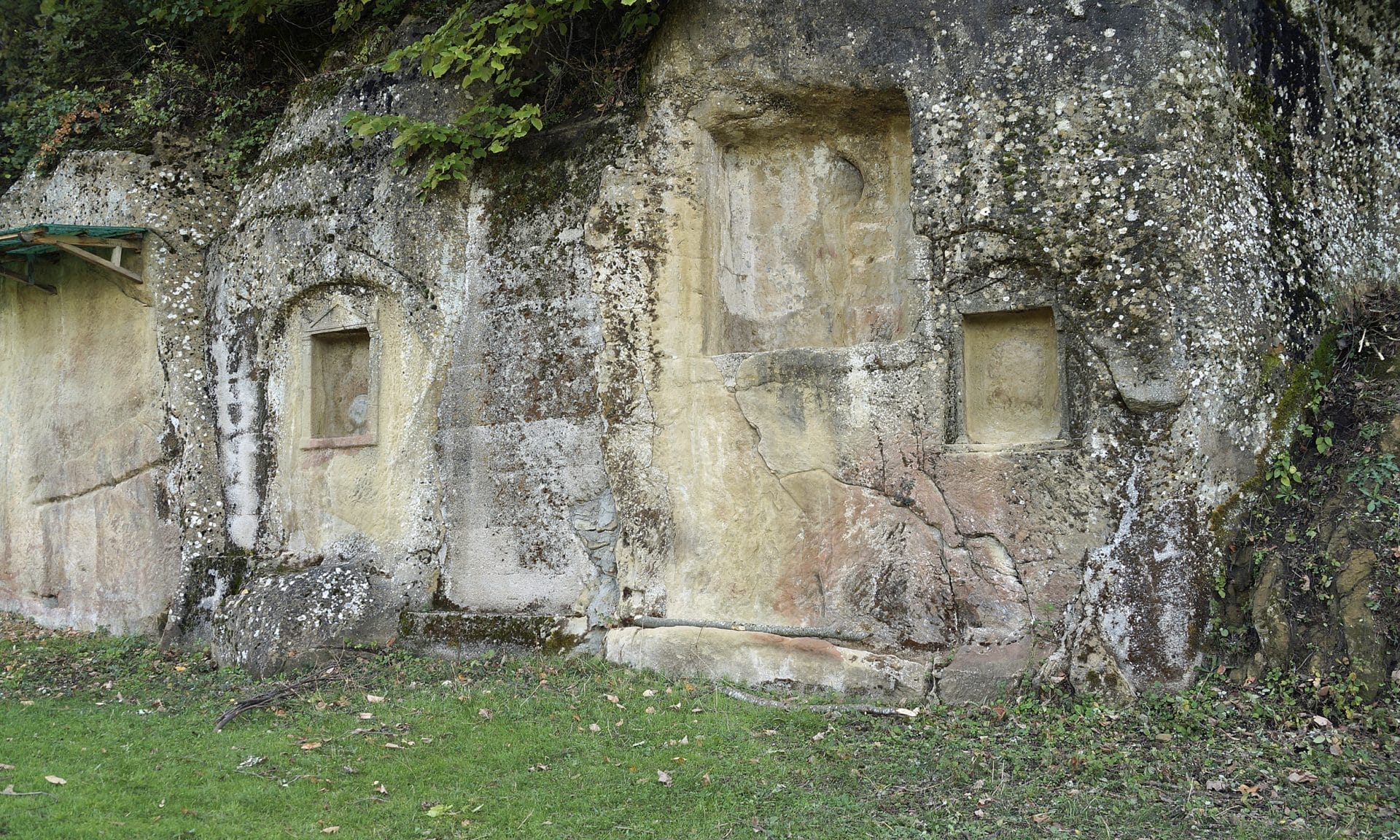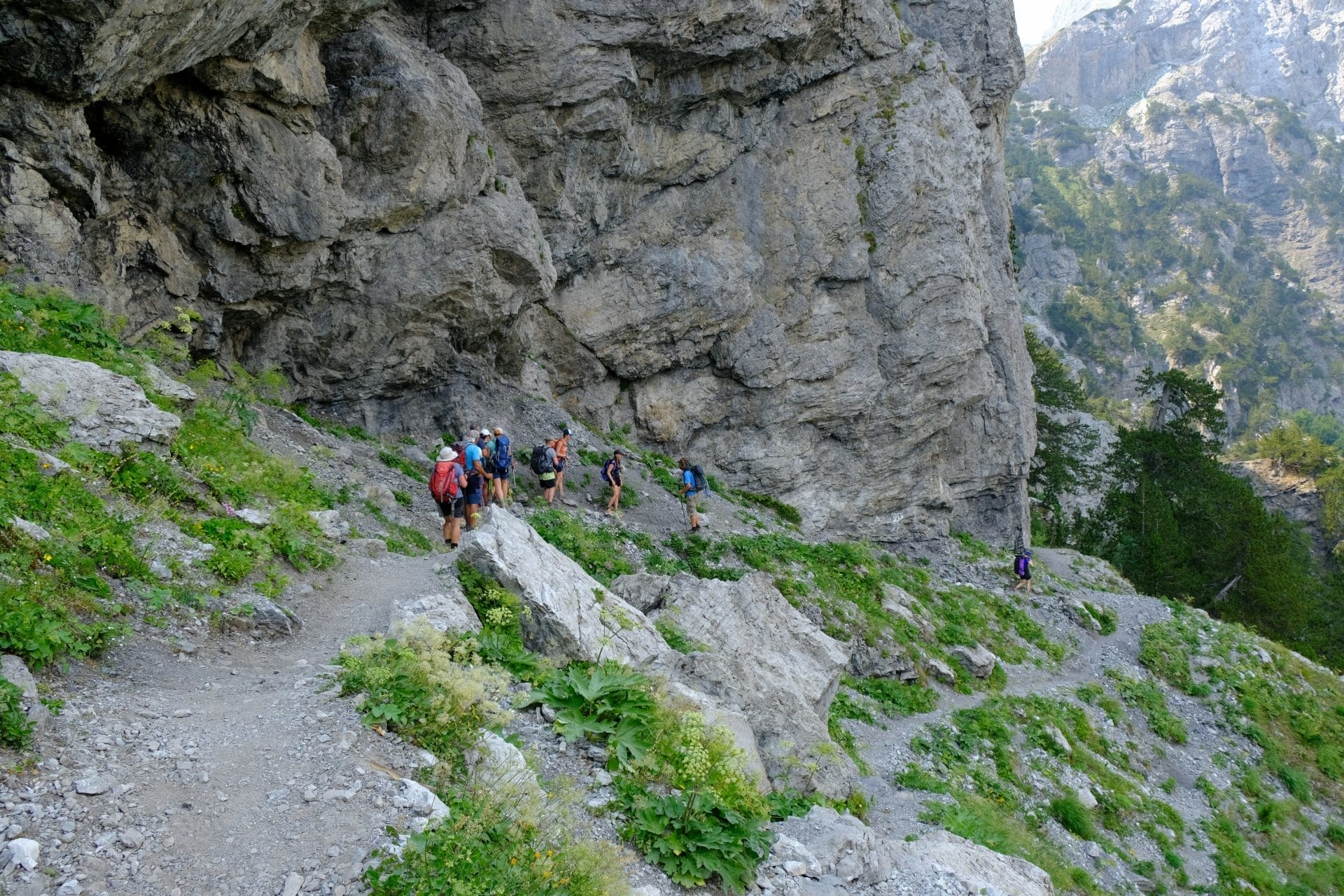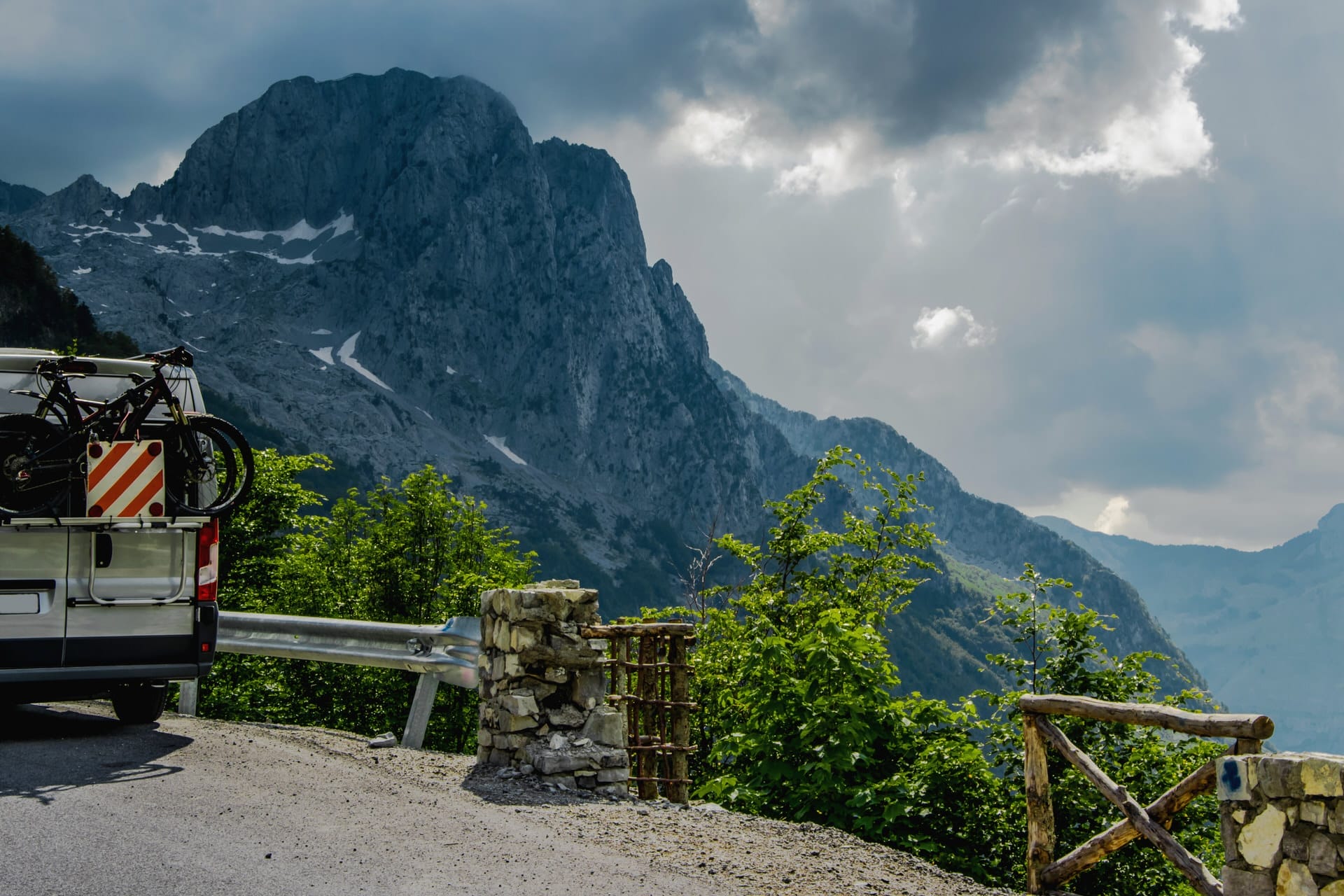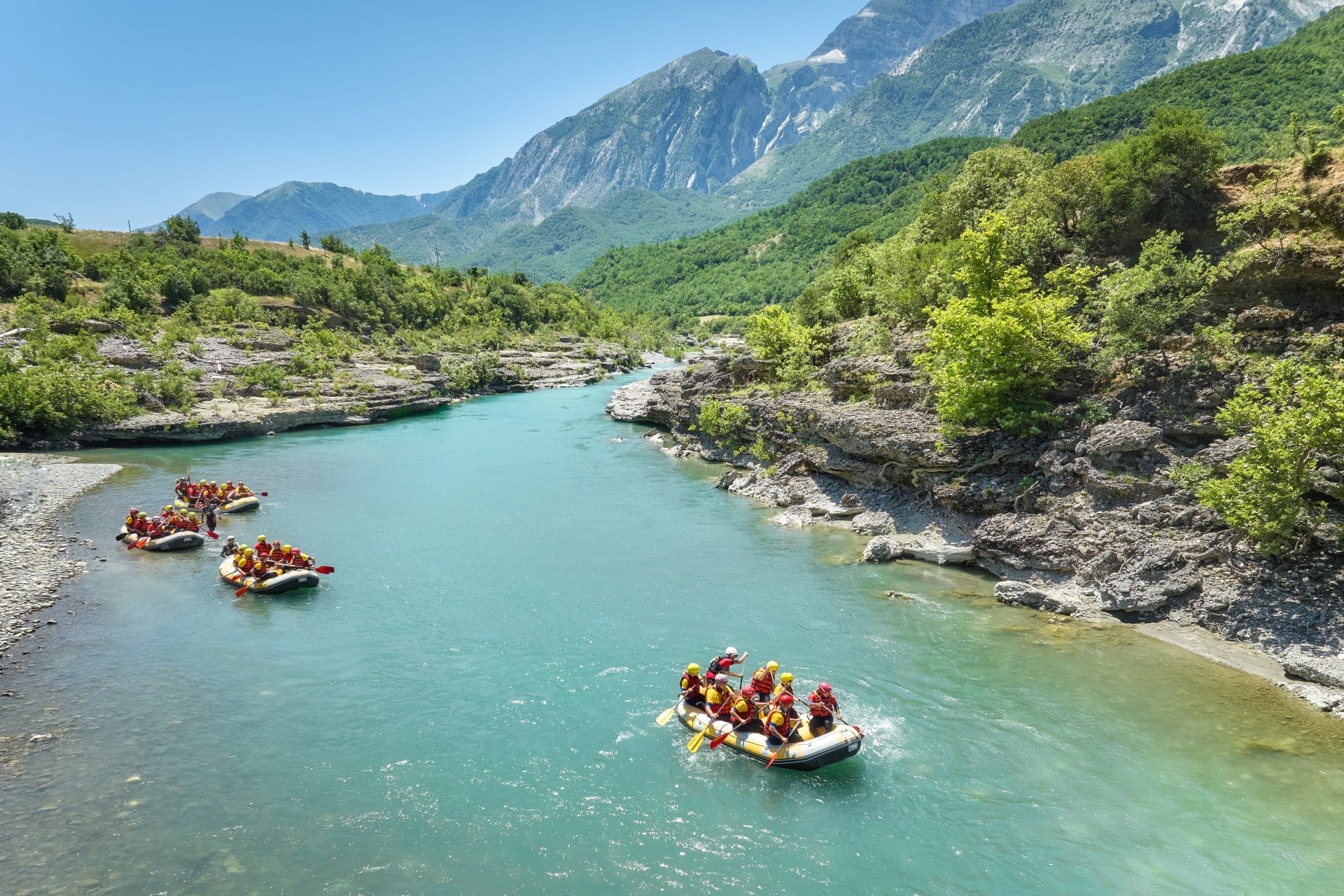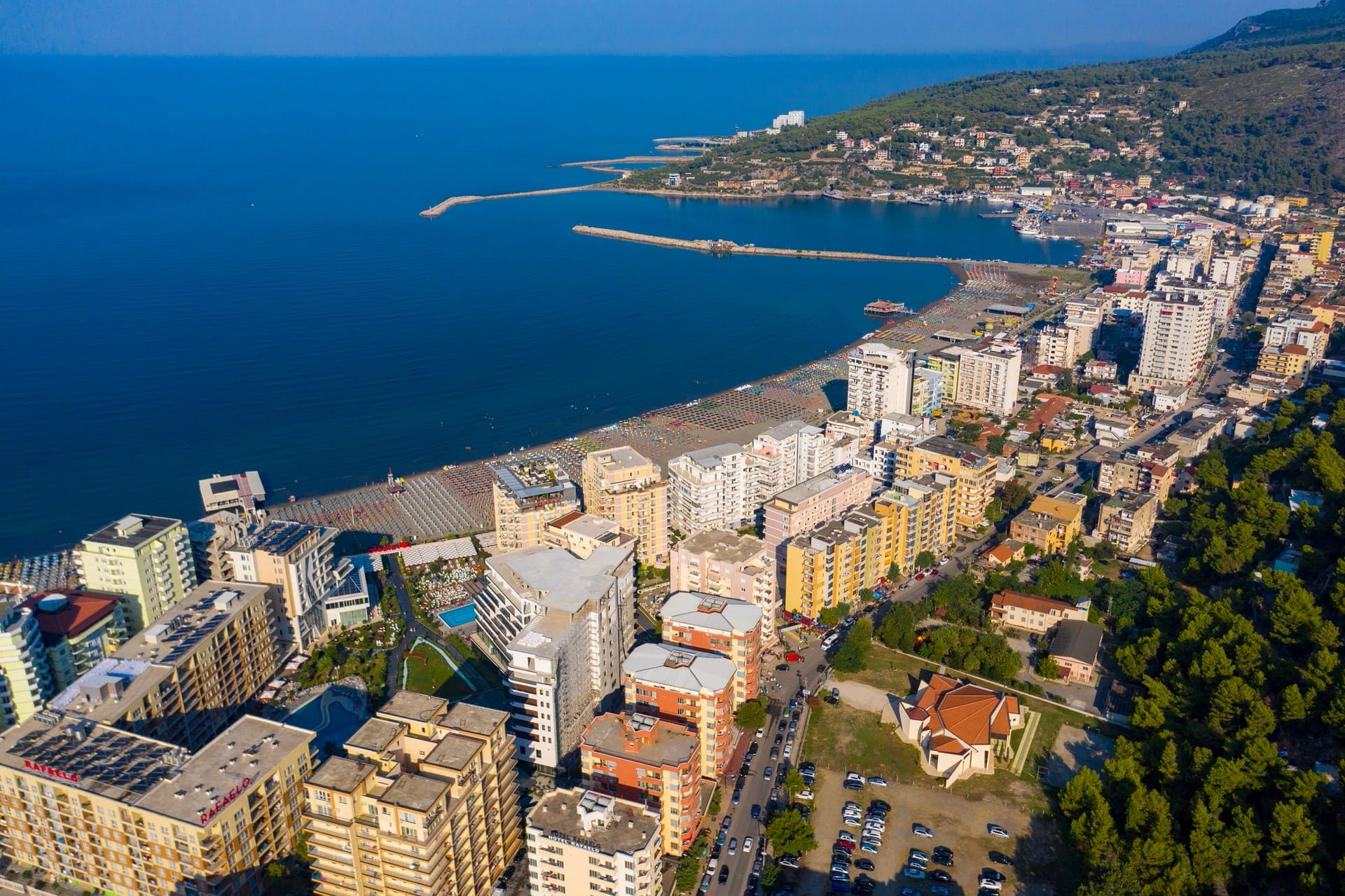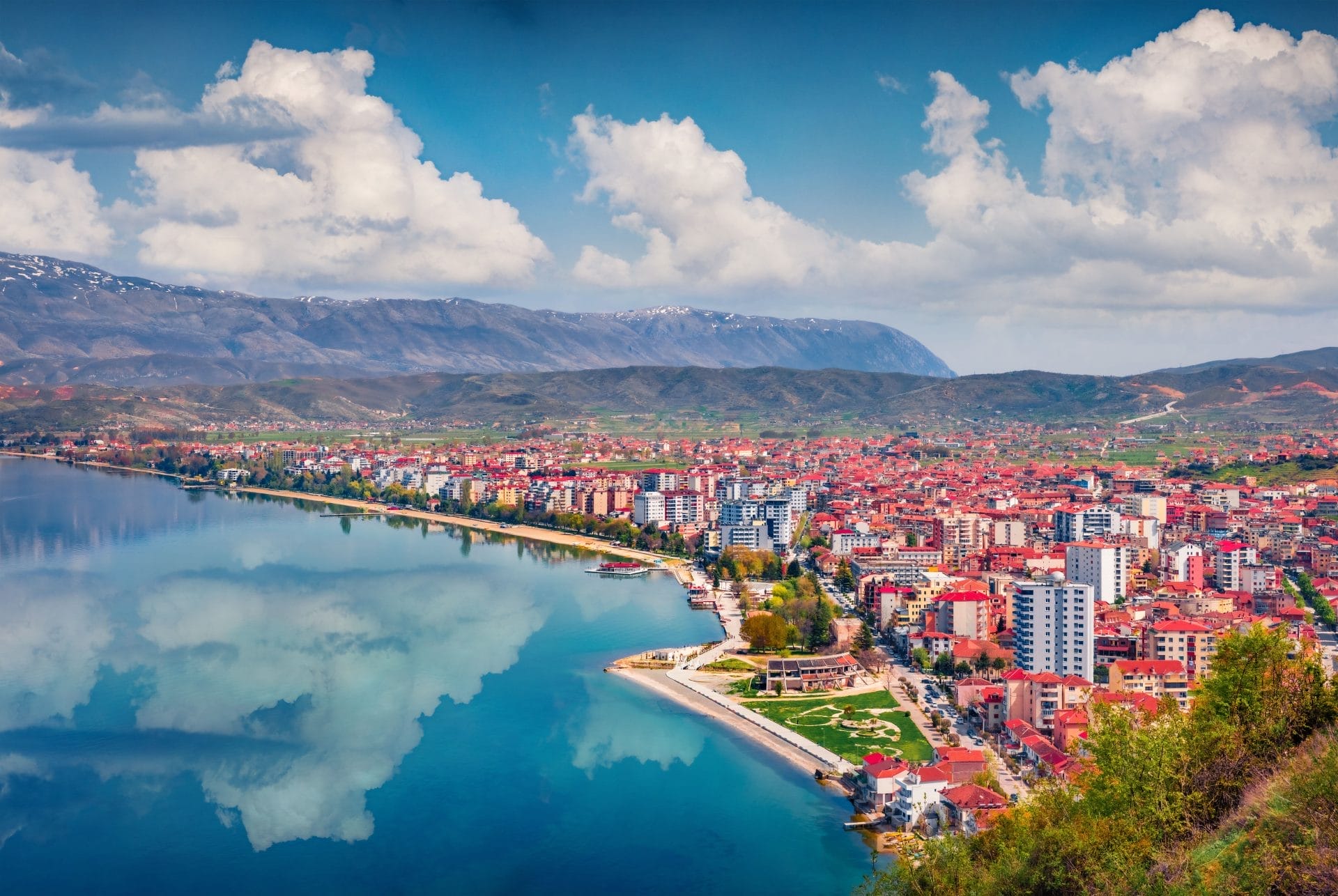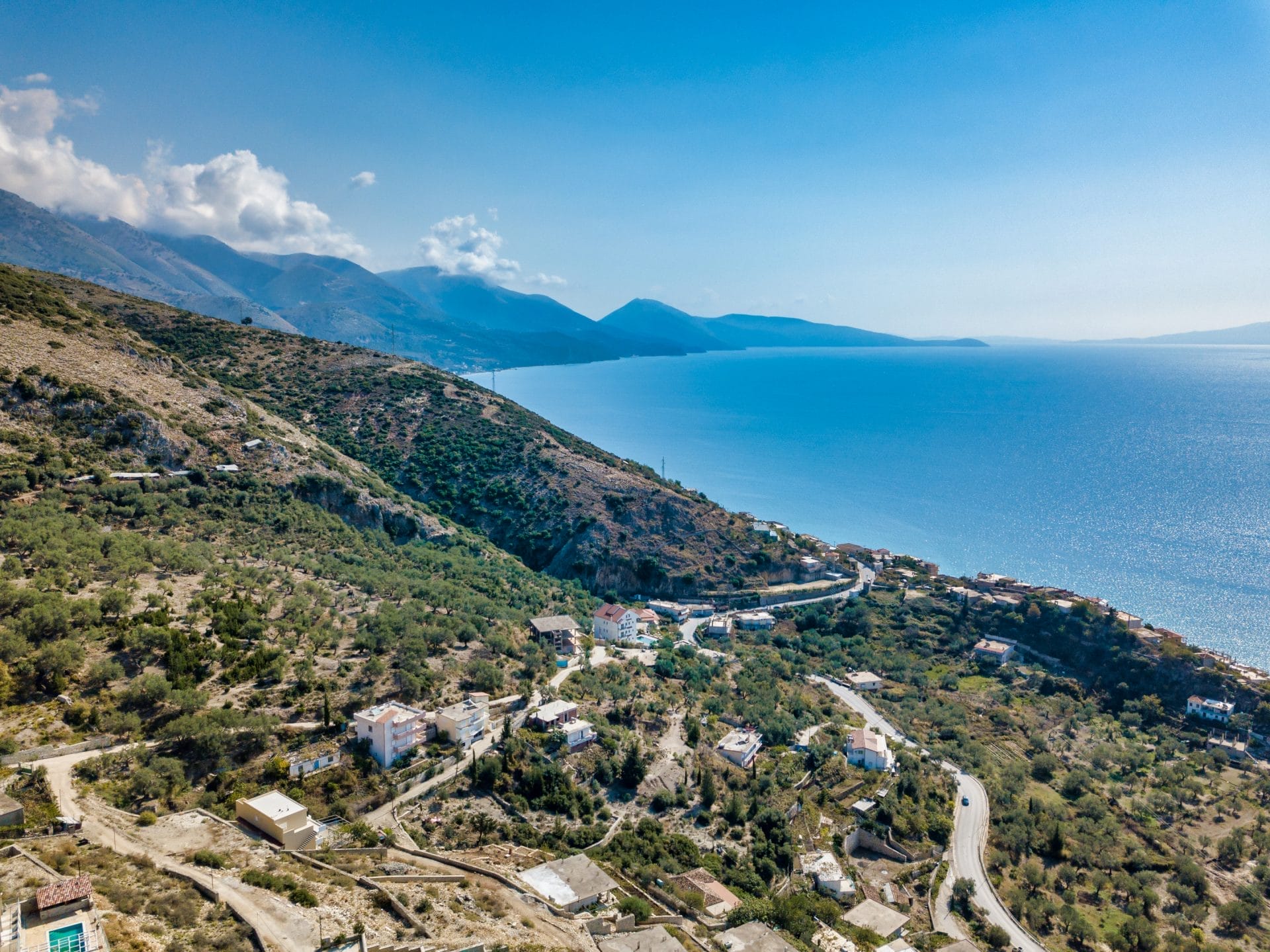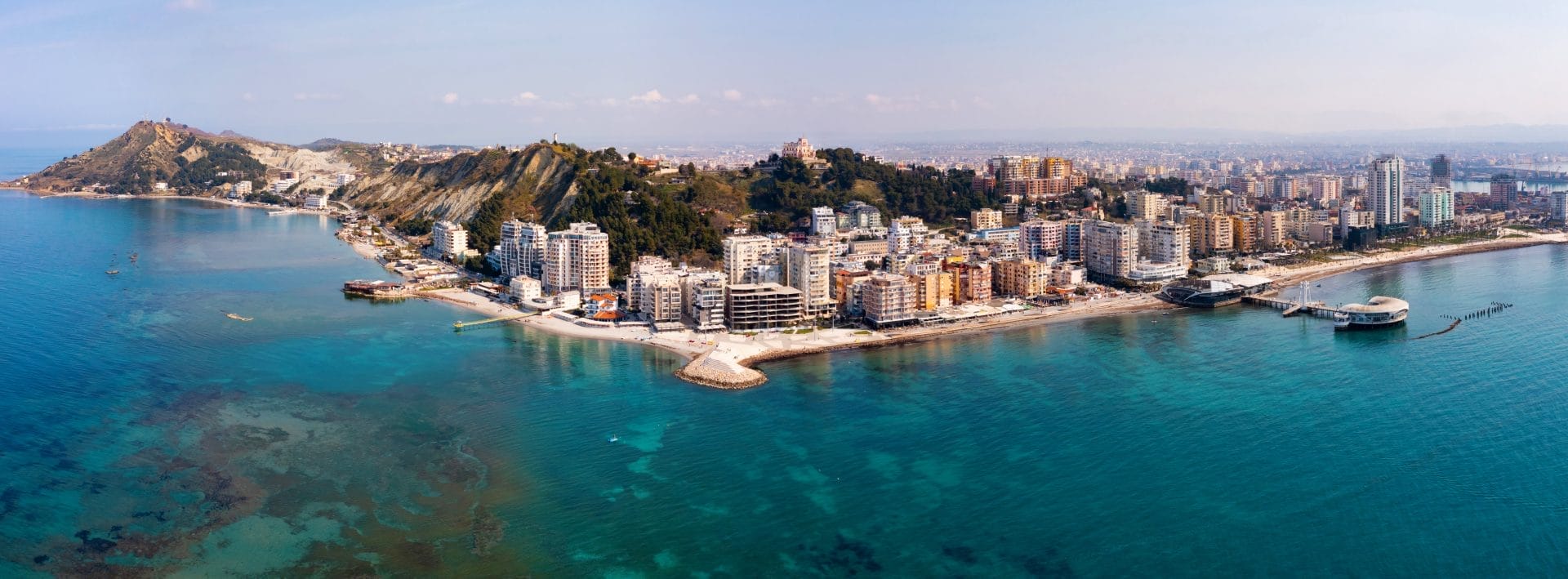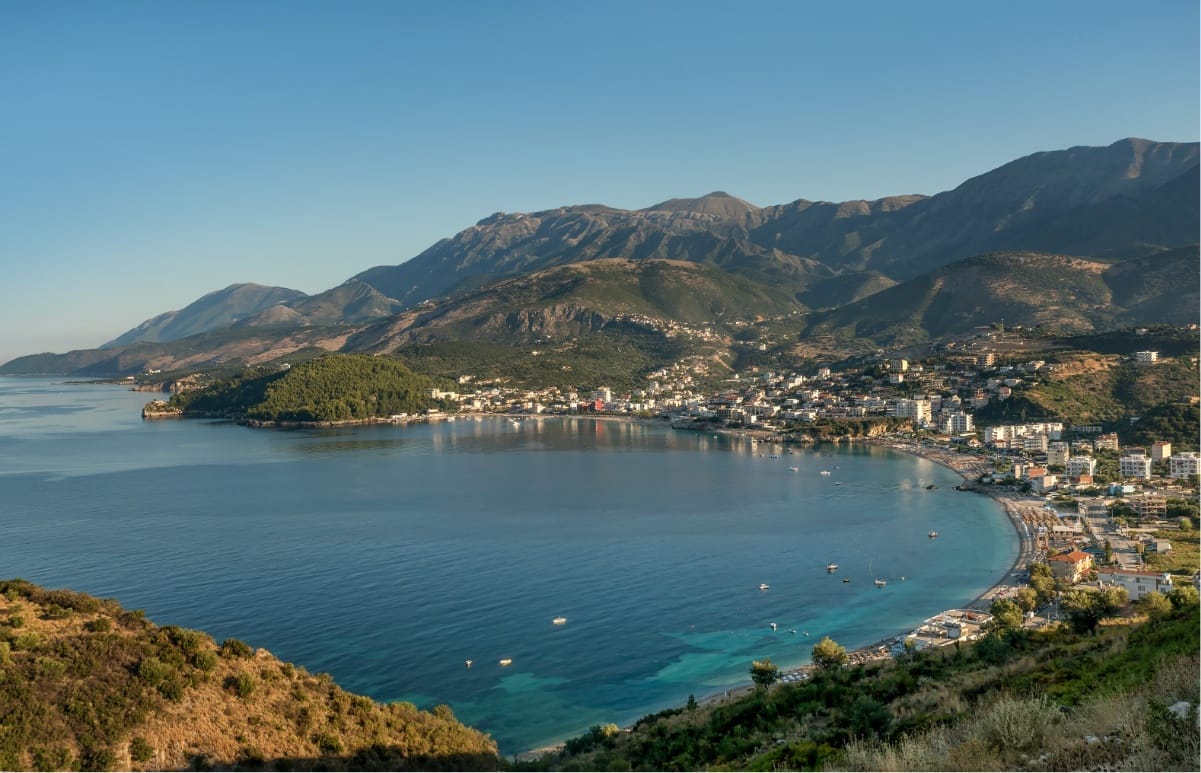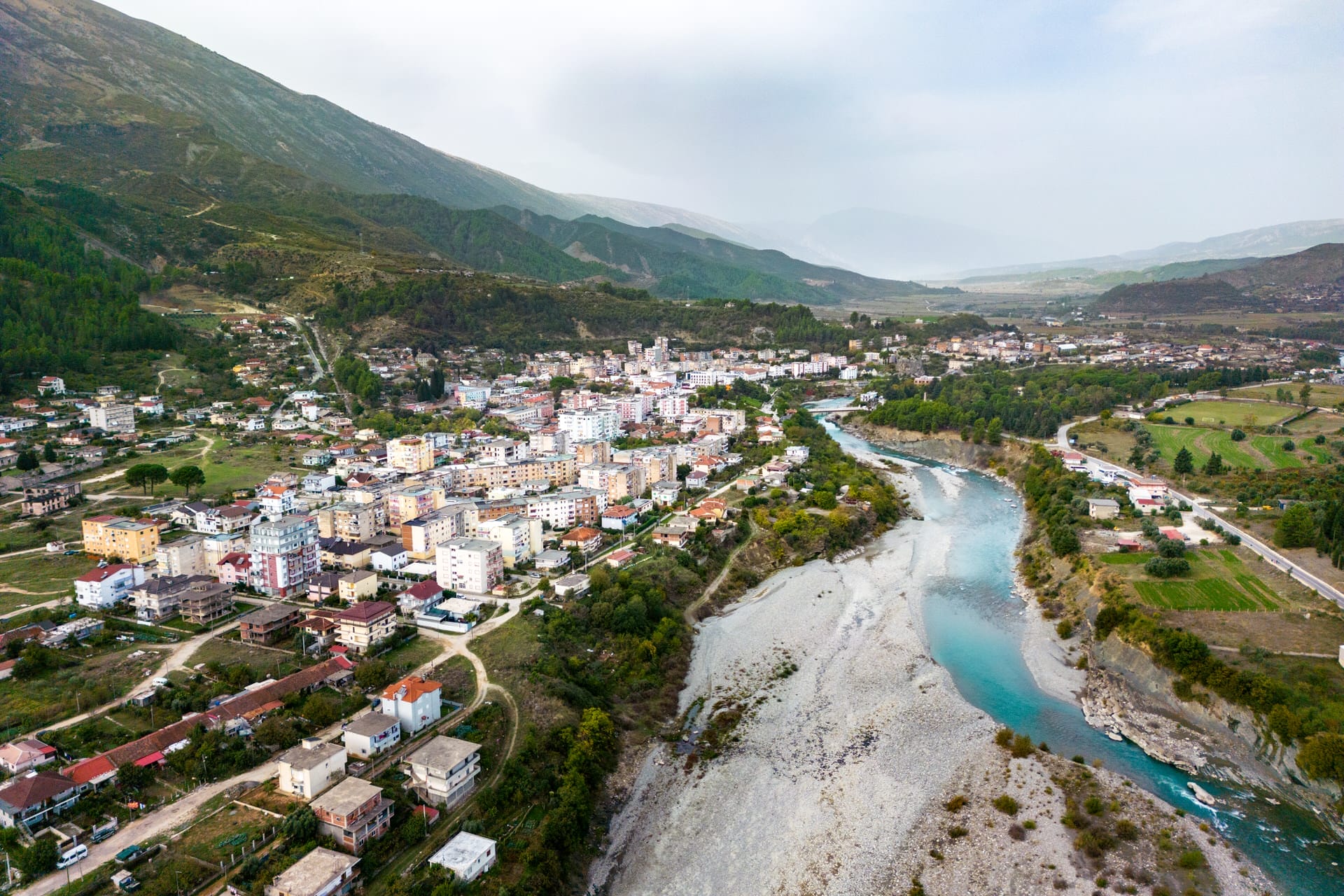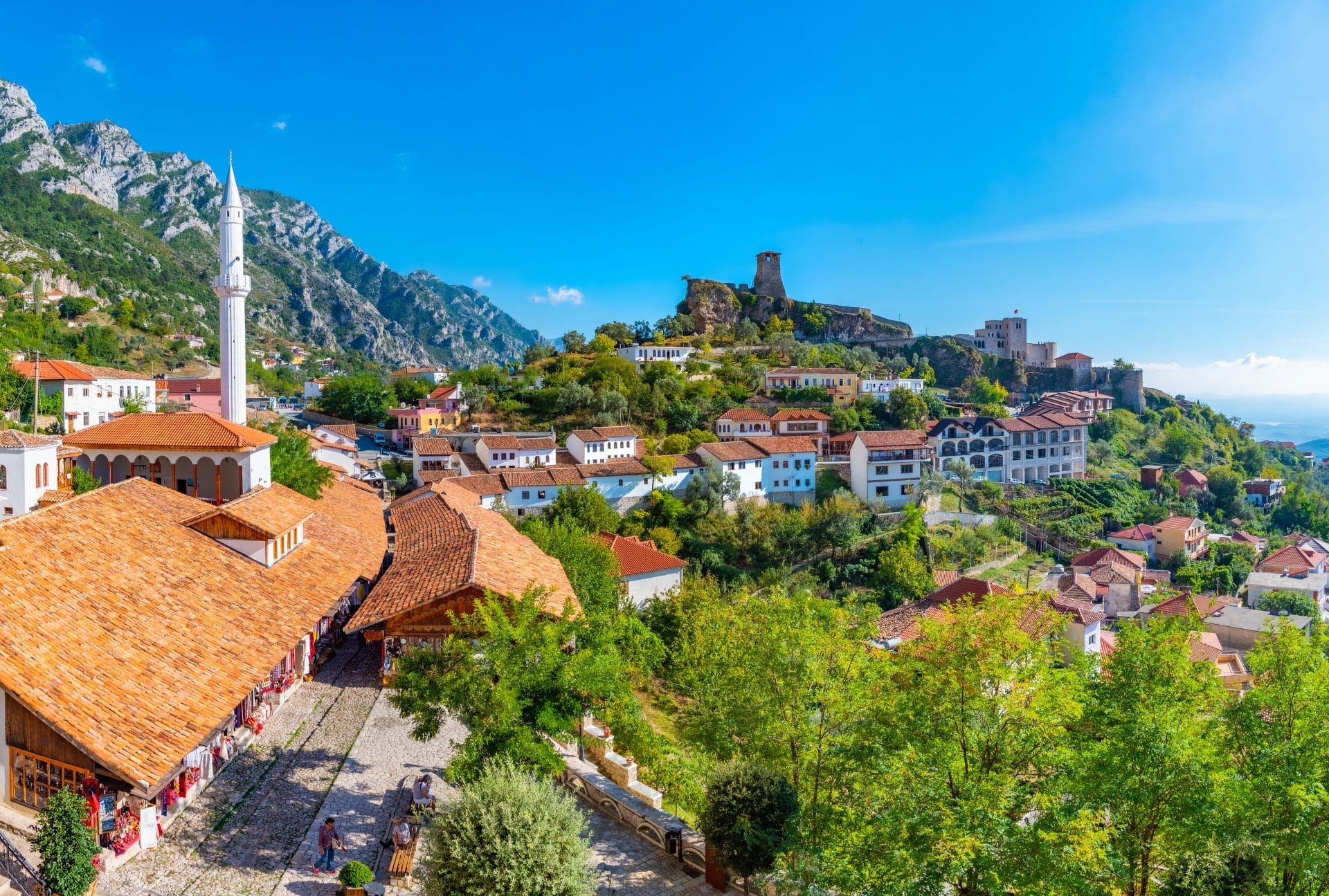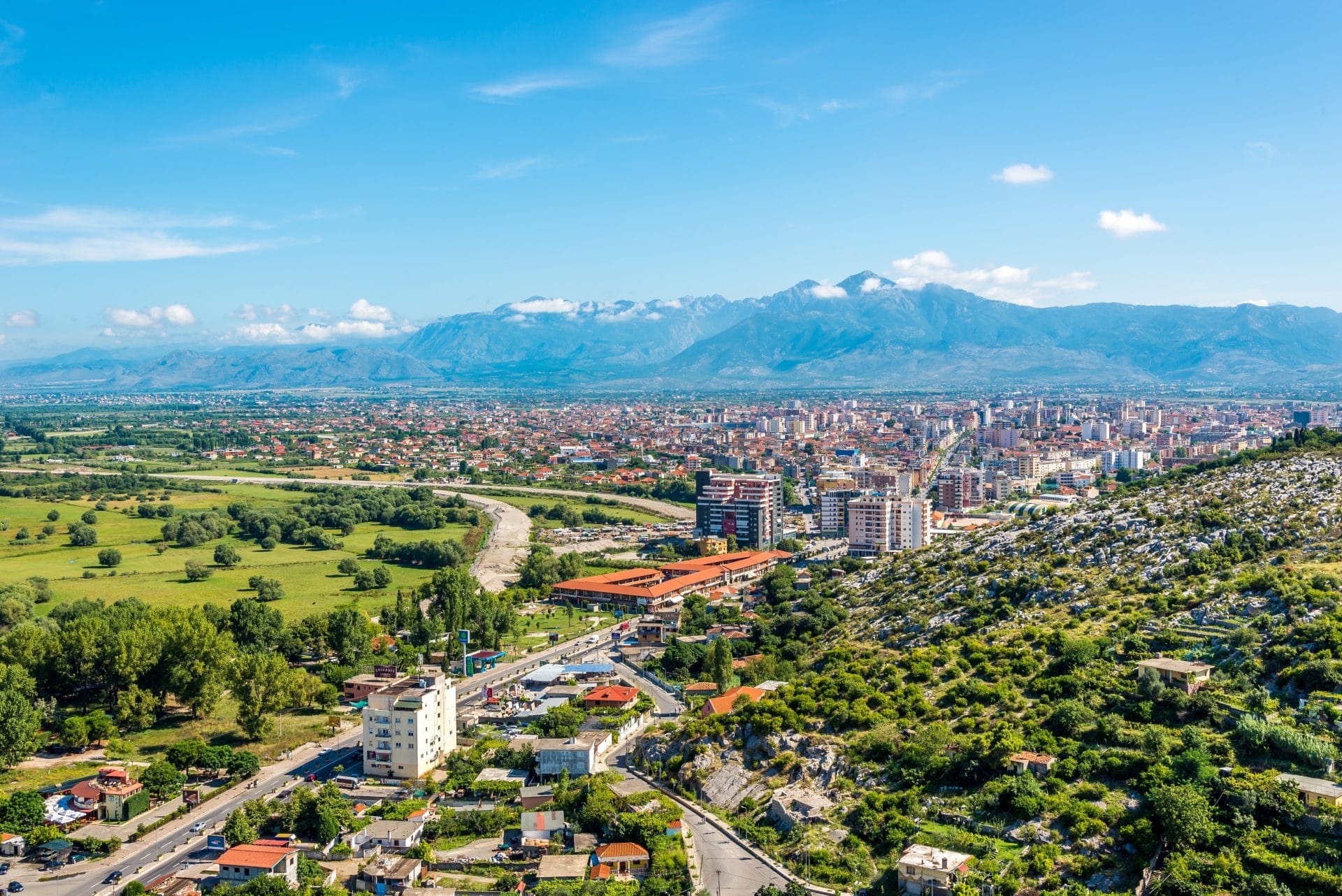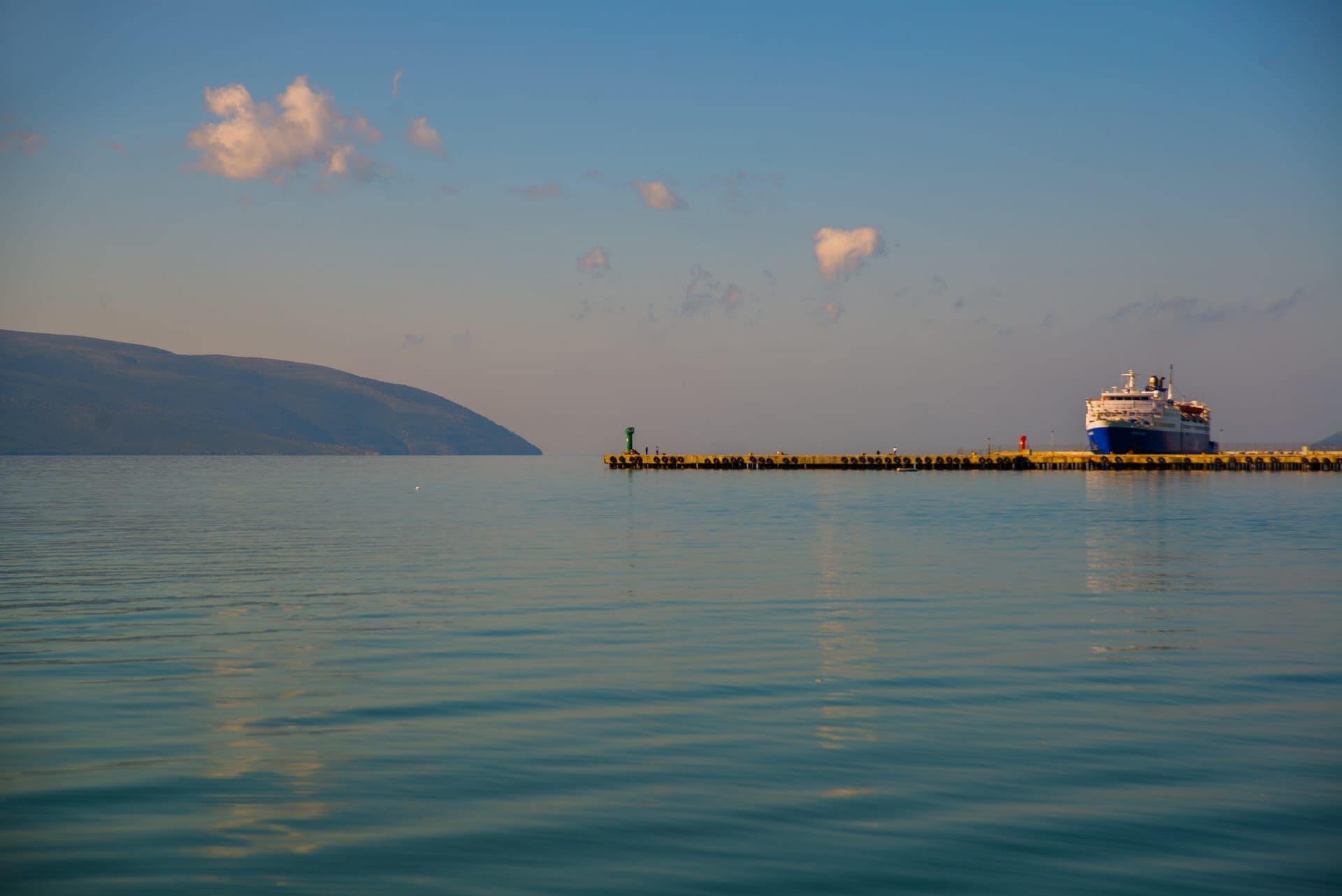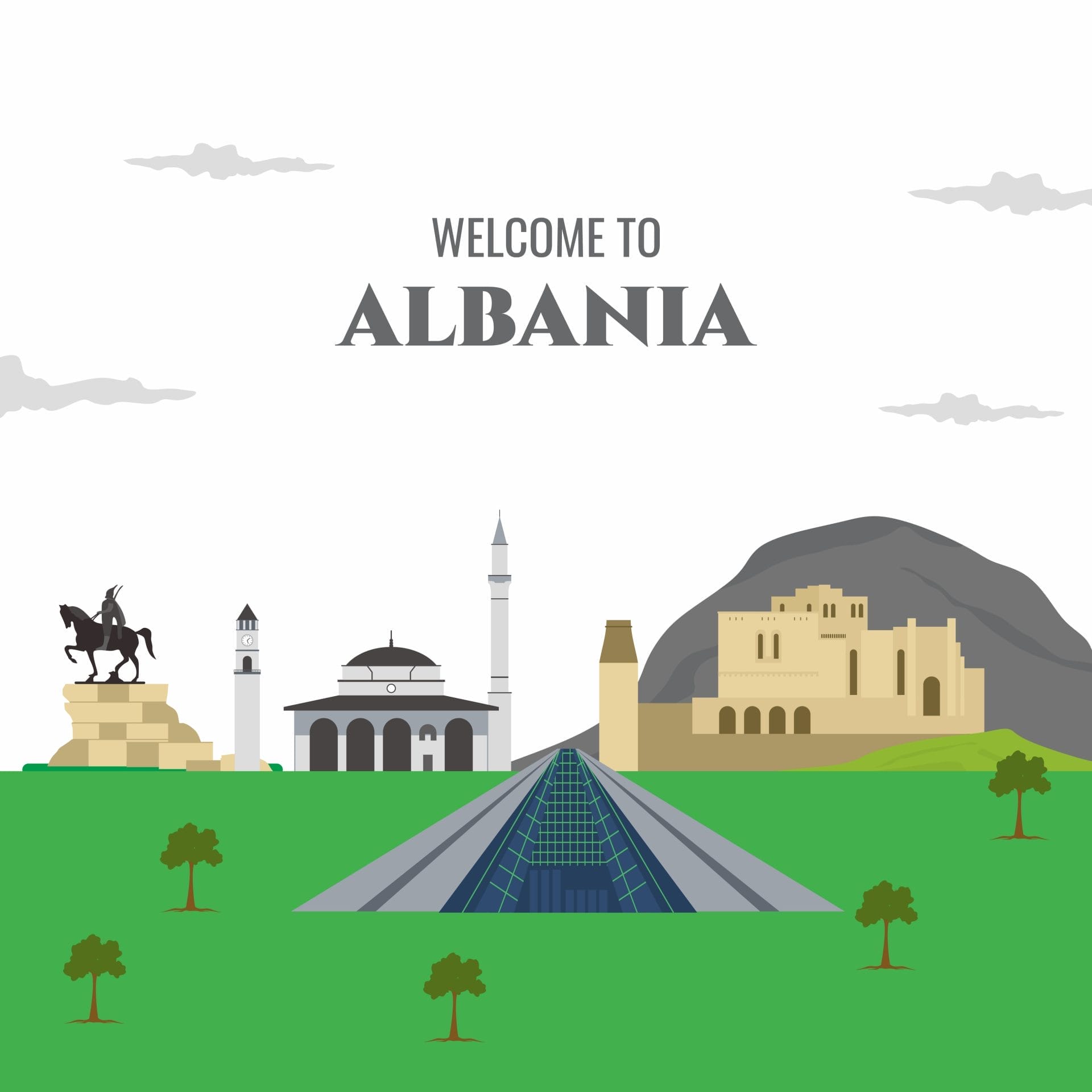
Why Visit Drisht Castle
Albania’s Drisht Castle combines sweeping Shkodër Valley views with medieval ruins chronicling three thousand years of Balkan warfare, conquests, and sieges since the Neolithic establishment overlooking early trade routes.
Albania’s Timeless Citadel Spanning Empires
From a craggy bluff guarding Shkodër Valley panoramas, the weathered ramparts of Drisht Castle stand sentinel over conquests and cultures colliding for nearly three millennia atop this strategic peak, preserving medieval memory through crumbling walls whispering antiquity’s epic chronicles.
Initially a Neolithic refuge overlooking early Balkan trade routes, these fortified heights saw rulers from Illyrian chieftains to Ottoman pashas tread its cobbled lanes until 1478 when artillery assaults shattered the castle’s Venetian-built defenses and opened Ottoman Rule over Shkodër plains still nourished by the serpentine Kiri River flowing silently below this ancient redoubt.
Drisht Castle’s Early Fortifications
While Bronze and Iron Age Illyrian tribes left only scant structural evidence across Drisht heights, recent archaeology confirms early habitation through remnants of defensive walls hugging the bluff from at least 1000 BCE – demonstrating this promontory’s enduring tactical utility despite lacking a spring water source relied upon by medieval forces who dug elaborate cisterns captured seasonal runoff.
The settlement’s location overlooking Shkodër gaps leading east through Kosovo and west toward Adriatic ports ensured Drisht’s continuing military use across warring epochs, testing their mettle against the rocky flanks. Who held Drisht dominated trade channels, nourishing empires to this day.
Medieval History as Serbian and Venetian Prize By 1393 CE, Drisht castle stood as the westernmost outpost, securing Serbia’s embryonic empire radiating south toward Greece yet brushing Catholic powers consolidating along the Croatian coast. Between titanic forces, tenuous neutrality balanced differently with each clumsy treaty until Venetian patience ran short and Doge Michele Steno launched inland from newly-captured Shkodër to claim Drisht in the summer of 1396 CE without resistance, signaling Serbia’s fading grasp over Albania’s strategic spine.
Repairing generations of flawed masonry, La Serenissima invested heavily in reinforcing Drisht against Ottoman cannon, then spreading rapidly inland from captured Constantinople barely 50 years earlier. Yet only eight decades later would such fortifications face their most significant test against another rising Eastern empire eyeing control over the same fractured mountain trade lanes feeding Venice’s maritime wealth.
Drisht’s Ill-fated Venetian Defenses
True to martial custom along this restive frontier, in 1478 CE, an overwhelming Ottoman army dispatched by Sultan Mehmet II crushed through Kosovar highlands before suddenly encircling 19,000 citizens and combatants sheltering within Shkodër’s stout city walls and atop Drisht’s lofty yet barely updated ramparts.
Against Turkish bombardment, starving Venetian officers brokered free retreat after 40 days, leaving Drisht to crumble over subsequent conflicts. Their massively expensive yet abandoned hill fort became an empty trophy and cannon fodder for later skirmishes, blowing craters still visible where defenders once kept careful watch, safeguarding an empire’s western gates since lost irrevocably to history’s relentless tides. Only worn stone remnants cling to this memory.
Visiting Today’s Picturesque Ruins While 21st century Albania now cooperates peacefully far beyond events which saw Drisht rendered three times an explosive pawn over its ancient history, a tranquil atmosphere prevails currently across the scenic castle grounds frequented more by shepherds and hikers than condottieri or khans. Small groups amble through skeletal chambers and browse information boards reconstructing elite life enjoyed here briefly during more courteous eras crossing the strategic heights.
Cafes line restored curtain walls serving visitors local fare as they admire views that defeated generals perished attempting to preserve. Cheerful tourist shops offer bespoke embroidery and goat cheeses crafted nearby using techniques enduring for generations before shells, and shrapnel rained suddenly upon such humble villages below, themselves battered repeatedly by violent forces capitalizing on fears of fading influence among distant crown courts.
From these very same crenelations, one comprehends empires imaging themselves as invincible. Even their highest defensive citadels proved no match for history’s unrelenting twists. Only silent stones remain, telling their faded story.

